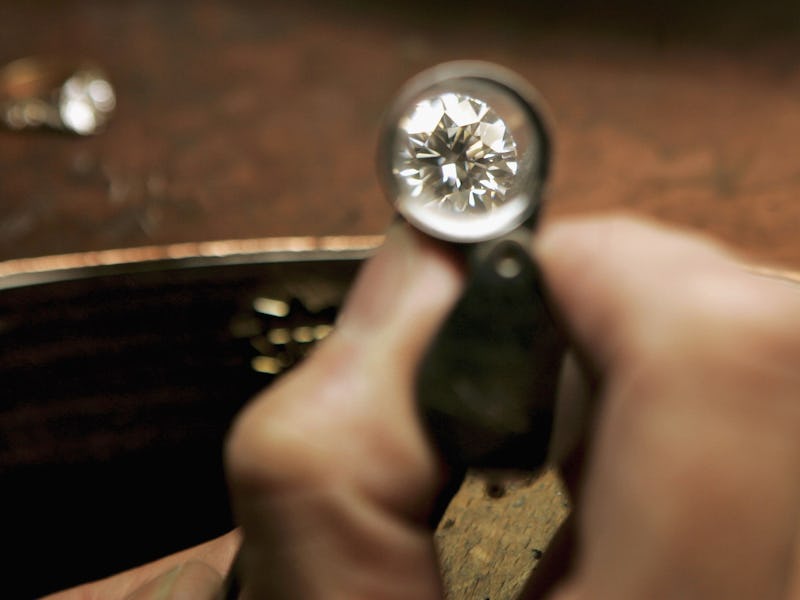Harvard Made Radios Out of Atomically Imperfect Diamonds

Diamonds are good for more than jewelry, and researchers at Harvard’s John A. Paulson School of Engineering and Applied Sciences proved it Friday when they announced that they made the world’s smallest radio receivers from the durable mineral.
The researchers said the receivers are made by using atomic imperfections on pink diamonds. An electromagnet tunes the receiver, which is capable of picking up FM radio signals, like those used by many radio stations in the United States. The receiver can then convert high-fidelity audio signals to sound.
This might seem like an expensive way to listen to some old pop music. Harvard’s team explains that making radio receivers out of diamonds has its benefits, however, like the ability to work in temperatures up to 350 degrees Celsius or in corrosive environments where traditional receivers would be destroyed.
Diamonds are also biocompatible. All of these factors together mean that Harvard’s itty-bitty radio receivers could be used everywhere from a spacecraft on another planet to the human heart. (Which would bring a whole new meaning to Rihanna’s command to shine bright like a diamond from a few years ago.)
The researchers said atomic defects could also be used to create radio receivers and wavelength convertors in “the frequency bands of interest to modern communications and quantum information processing.” Basically, these very small imperfections could find their way into the smartphones and quantum computers of the future.
Diamonds themselves could also be built into more devices: Researchers at the University of Bristol announced in November that they’ve created diamond-based batteries that could generate electricity for longer than the entire length of human civilization.
That doesn’t mean diamonds are perfect. Despite their reputation, they don’t actually last forever. They can be crushed with a hammer, for example, or burned using special equipment.
But diamonds are still the hardest naturally occurring substance on the planet. Using this durability to our advantage so we can make better wireless communications tools or batteries makes perfect sense — especially since they can be grown in a lab instead of dragged out of the earth like they are now.
Inverse reached out to Harvard’s John A. Paulson School of Engineering and Applied Sciences and will update this post if it responds.